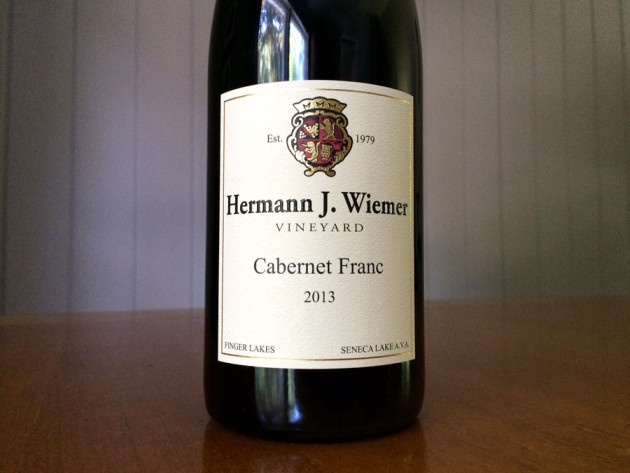Even though I’ve been writing wine reviews for many years now, I never stop asking myself about their real value, whether or not I’m approaching them in the right way or how I can improve my process. Looking out at the rest of the industry — I’m talking more about printed publications, who tend to be a bit more transparent with how they taste and review wines — there don’t seem to be any set rules. Some critics taste wine “blind” but not really — because they know the region the wines are made, so any bias they may have for or against a region can creep in. I used to taste similarly, but ultimately I think having some context (the region) without any other context (vintage or producer) just makes the process too antiseptic and soulless.
Other critics write reviews based on at-winery tastings, often with winemakers presenting the wines to them. I find that incredibly difficult. It’s too easy to be influenced by an enthusiastic, charismatic winemaker. Consumers can even experience this — a wine may taste great when they are with their friends at the winery on a gorgeous spring day. But six months later, when they open that bottle they bought, they don’t like it at all.
I don’t write reviews based on tastings I do at wineries or with winemakers, though I taste that way all the time. I take notes and may share my overall impressions of a wine, but you’ll never see a review with a score based on that sort of tasting.
One constant among most (not all) reviewers is that they spend a too-short amount of time with each wine. Any wine review is just a snapshot — what a wine is at one small moment in its life — but if you’re only spending a few minutes with a wine (never mind variables like temperature, taster mood, whether it was decanted or for how long, etc.) you’re narrowing an already narrow scope down significantly.
And you’re not tasting the wine in a way that even approaches how a consumer — the people who are reading your review and possibly making buying decisions based on it — drinks that wine.
With the way I taste and re-taste wines, I try to more closely mimic how that wine will actually be consumed. I taste over multiple days, with and without food. I start with a very formal tasting, alone, with laser focus on the wines in front of me. When I’m done tasting, however, I’ll usually have my wife taste the same wines. Then we’ll enjoy them with dinner and/or with friends if some are coming over.
So why am I outlining this before getting to my review of Hermnn J. Wiemer 2013 Cabernet Franc ($25)? Because of the half dozen or so New York cabernet francs that I tasted over the weekend, this was the first one drained Sunday night when we had some friends over for grilled hangar steaks with chimichurri. I don’t consider that insignificant.
It’s a wine that really has everything you want in that scenario.
It opens with bright, just-crushed raspberry and blackberry aromas with an underlying spicy-savory quality and only the lightest note of herbs.
Medium bodied and dominated by dark fruit and spice, the palate shows a a nutty earthiness and more savory edges as well. Fresh acidity and just-grippy tannins give it a crunchy, almost gritty mouthfeel that screams for lamb or grilled beef, which was exactly what we had.
Producer: Hermann J. Wiemer
AVA: Seneca Lake
ABV: 13%
Price: $25 (sample)
(3.5 out of 5 | Very Good, Recommended to Outstanding and Delicious, Highly Recommended)

